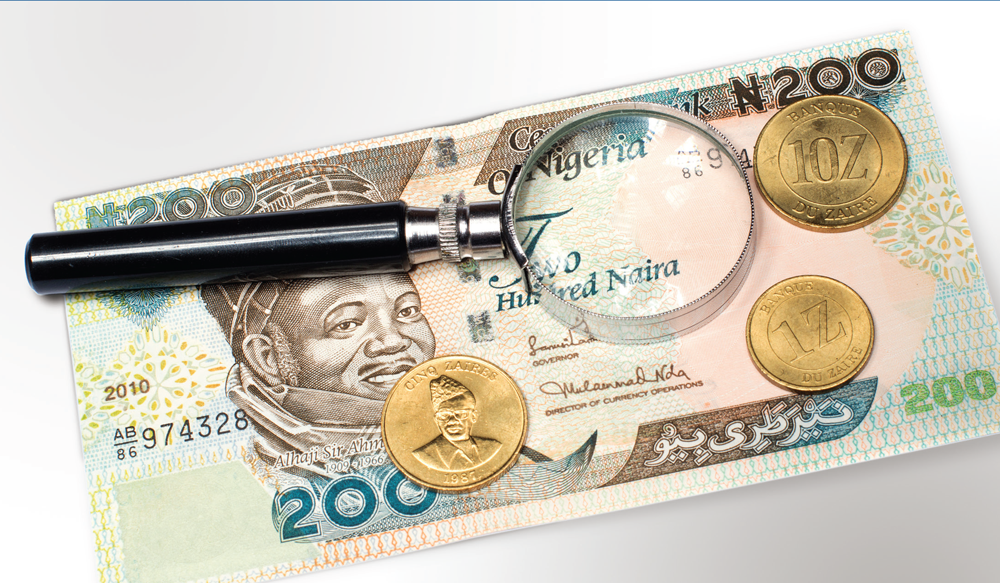Overview
Analysis of trade misinvoicing in Nigeria in 2014 shows that the potential loss of revenue to the government was approximately $2.2 billion for the year. To put this figure in context, this amount represents four percent of total annual government revenue as reported to the International Monetary Fund. Put still another way, the estimated value gap of all imports and exports represents approximately 15 percent of the country’s total trade.
“The practice of trade misinvoicing has become normalized in many categories of international trade” according to GFI President Raymond Baker. “It is a major contributor to poverty, inequality, and insecurity in emerging market and developing economies. The social cost attendant to trade misinvoicing undermines sustainable growth in living standards and exacerbates inequities and social divisions, issues which are critical in Nigeria today.”
Findings
The portion of revenue lost due to the misinvoicing of exports was $1.3 billion during the year which was related to a reduction in corporate income taxes. The portion of revenue lost due to the misinvoicing of imports was $880 million. This amount can be further divided into its component parts: uncollected VAT tax ($100 million), customs duties ($365 million), and corporate income tax ($415 million). Lost revenue due to misinvoiced exports was $1.3 billion for the year which is related to lower than expected corporate income and royalties.
Examination of the underlying commodity groups which comprise Nigeria’s global trade show that a large amount of lost revenue ($200 million) was related to import under-invoicing of just five product types. Those products and the related estimated revenue losses include: vehicles ($100 million), iron and steel products ($40 million), electrical machinery ($20 million), ceramics ($20 million), and aluminum products ($20 million). Lost revenue due to mispriced exports ($1.3 billion) may be related to the mineral fuels trade given this category of goods makes up over 90 percent of all exports.
Trade misinvoicing occurs in four ways: under-invoicing of imports or exports, and over-invoicing of imports or exports. In the case of import under-invoicing fewer VAT taxes and customs duties are collected due to the lower valuation of goods. When import over-invoicing occurs (i.e. when companies pay more than would normally be expected for a product), corporate revenues are lower and therefore less income tax is paid. In export under-invoicing the exporting company collects less revenue than would be anticipated and therefore reports lower income. Thus, it pays less income tax. Corporate royalties are also lower.
Total misinvoicing gaps related to imports can be broken down by under-invoicing ($2.4 billion) and over-invoicing ($1.9 billion). It should be noted that these figures represent the estimated value of the gap between what was reported by Nigeria and its trading partners. The loss in government revenue is a subset of these amounts and is based on VAT tax rates (5 percent), customs duties (15.2 percent), corporate income taxes (22.4 percent), and royalties (.2 percent) which are then applied to the value gap. Export misinvoicing gaps were a massive $5.9 billion for export under-invoicing and $5.6 billion for export over-invoicing. Lost corporate income taxes and royalties are then applied to export under-invoicing amounts to calculate lost government revenue.
Recommendations
There are three ways that Nigeria can curtail revenues losses due to trade misinvoicing.
- Legislative and regulatory measures that posit substantial disincentives for importers and exporters.
- Detecting misinvoicing as transactions are occurring and taking corrective steps in real time.
- Clawing back lost revenues after misinvoicing is found through subsequent audits and reviews.
Of these, by far the greater potential for gain is attendant to the first and second options. Clawing back lost revenues after the fact is a difficult exercise.
Methodology
The central objective of the analysis is to identify commodity-trade partner combinations which appear to be more likely than others to present risk of revenue loss due to trade misinvoicing. Toward this end, GFI presents a summary of the methods it used to estimate trade misinvoicing for imports and exports along with a more detailed presentation of potential revenue impacts of import under-invoicing for Nigeria. The availability of Nigerian tariff data comparable in detail to the partner country and commodity detail available for Nigerian trade enable the more detailed estimates of revenue loss.
The first two subsections to follow reflect on all the misinvoicing estimates. In subsection A, the bilateral trade data used to estimate misinvoicing are summarized and are compared with other leading aggregate trade series for Nigeria. That comparison is intended to shed light on the kinds of information the bilateral trade analysis can provide. Next, in subsection B, GFI provides an overview of the numerous statistical treatments of the basic data that were necessary to enable robust measurements of trade gaps. Finally, in subsection C, details of the potential revenue losses (in import duties) stemming from under-invoiced imports in Nigeria are presented.
The report analyzes Nigeria’s bilateral trade statistics for 2014 (the most recent year for which sufficient data are available) which are published by the United Nations Comtrade. The detailed breakdown of bilateral Nigerian trade flows in Comtrade allowed for the computation of trade value gaps that are the basis for trade misinvoicing estimates. Import gaps represent the difference between the value of goods Nigeria reports having imported from its partner countries and the corresponding export reports by Nigeria’s trade partners. Export gaps represent the difference in value between what Nigeria reports as having exported and what its partners report as imported.

